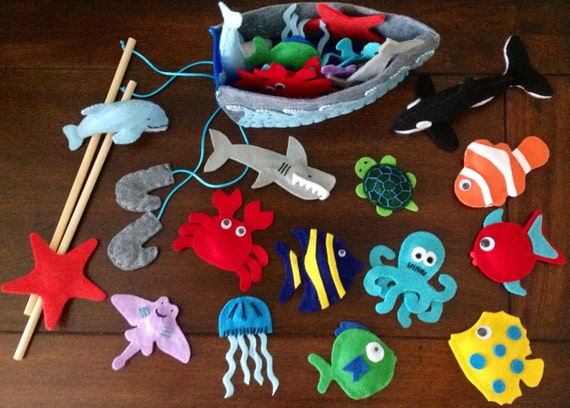My beginning and last week of traineeship in Fondo (Neurological Physiotherapy)
Introduction
This week was my first in Fondo (Neurological Physiotherapy) and last for traineeship in Finland. I was sad to finish my traineeship in Finland, because i liked the system that the physiotherapists work and also the equipments of rehabilitation. So, this week i worked with two physiotherapists and also occupational, speech and psycho therapists. My patients were only children, with only one exception, an elderly woman with 9 years old left stroke. The cases were not very hard, comparing to the previous neurological patients that i had, so the physiotherapy treatment was quiet easy, but needed fantasy and creativity to plan every time the rehabilitation for each of the children patients.
The sessions were in different play rooms, blue (sininen), red (punainen), green (vihreä) or yellow (keltainen) room (sali). Each of the rooms had all the needed equipment for practising and entairtaining the children. To sum up, almost every session for each of the children was quiet the same, with some variations. The aim was to activate the ones that were hypotonic and to calm and train the brain of those that were hyperactive and with problems like ADHD, which was very common.
Therapy - Play rooms


Main part
A lot of children had the ADHD (Attention-deficit/hyperactivity disorder) syndrome, which is a brain disorder marked by an ongoing pattern of inattention and/or hyperactivity-impulsivity that interferes with functioning or development. In total, i had three children with ADHD. Some common problems that this children had, were wide dysfunction development disorder, clampsiness, hypotonia, hyperactivity, problems with balance because of low tone, sensory modulation disorder, epileptic-seizure attack, tactile processing dysfunctions, dyspraxia and pshychiatric backrounds.

Other problems that the young clients had, were also assosiated with the brain and body connection problems. Some of them had many speech problems like dysphasia, mutism, problems in words pronouncing, motor planning problems, sensitive auditory response, dyslexia. Other had also problems with motor skills and coordination like dyspraxia, low muscle tone, balance problems, difficulties in multiple and complicated activities and problems with fine motor skills.
I also had two children (girls from 7-10 years old) with right spastic hemiplegia, one 6 years old boy with Syndrome Down, one 7 years old deaf mute girl with hyperopia, Cerebral Palsy and a lot of postural and myosceletal problems (lordosis, scoliosis, instability because of low muscle tone), one teenaged boy 14 years old with some phychological problems and one elderly woman with left side stroke.
A very common problem was the sensory modulation disorder.


Sensory Modulation Disorder is one specific type of Sensory Processing Disorder (SPD). Sensory modulation refers specifically to the brain’s ability to respond appropriately to the sensory environment and to remain at the appropriate level of arousal or alertness. There are actually three primary types of Sensory Modulation Disorder:
Sensory Modulation Disorder is one specific type of Sensory Processing Disorder (SPD). Sensory modulation refers specifically to the brain’s ability to respond appropriately to the sensory environment and to remain at the appropriate level of arousal or alertness. There are actually three primary types of Sensory Modulation Disorder:
- Over-responsivity: An exaggerated response of the nervous system to sensory input. For example, people who get motion sick easily are over-responding to vestibular input (the sensation of movement). The nervous system goes into fight-or-flight mode even when no real danger exists.
- Under-responsivity: A lack of response, or insufficient response to the sensory environment. Sometimes these people appear to be daydreaming or unfocused on what is happening around them. They may also be uncoordinated and have difficulty with motor skills development.
- Sensory-seeking: The nervous system of the sensory-seeker needs intense input in order for the sensation to be registered properly in the brain. Therefore the sensory-seeker craves intense sensations constantly.
The physiotherapy treatment provide a fun and safe atmosphere when working with children who have sensory modulation difficulties. Treatment techniques used to improve sensory modulation focus on sensory integration therapy, and the treatments frequently incorporate activities involving vestibular stimulation and proprioceptive input, typically through the use of swings, obstacles courses, therapy balls, or some type of heavy work.
The children's problems that were assosiated with motor control - skills problems, included therapy tricks like:
- helicopter swing
- slide swing
- bungee swing
- spinning tire swing with rope
- swing on the wooden horse
- slide
- climbing on wooden wall bars
- staying inside the yoga hammock
- rolling on the slide with the skate board up and down
- walking and ceeping balance on unstable surface in snake shape
 |
| helicopter swing |
 |
| bungee swing |
 |
swing wooden horse
|
 |
| swing |
slide
|
| yoga hammock
Those that were associated with motor learning, fine motor problems and speech - concentration problems, included therapy tricks with some games like:


Conclusion
To sum up, my traineeship in Fondo was a very good opportunity to gain experience with neurological children and to learn the different options and ways of treatment into the playrooms. I enjoyed being with children, treating and at the same time entertaining them. It was a really good experience for me, because i learned a lot of things, such us how to encourage the children to do more things, how to continue, how to exceed their fears that are associated for example with the hights and some activities that require climbing or swinging . At the end, i learned how to cooperate with other therapists, and in my opinion it is very usefull to treat a child or any of the patients, as a global entity and not only focusing to one problem!
|






